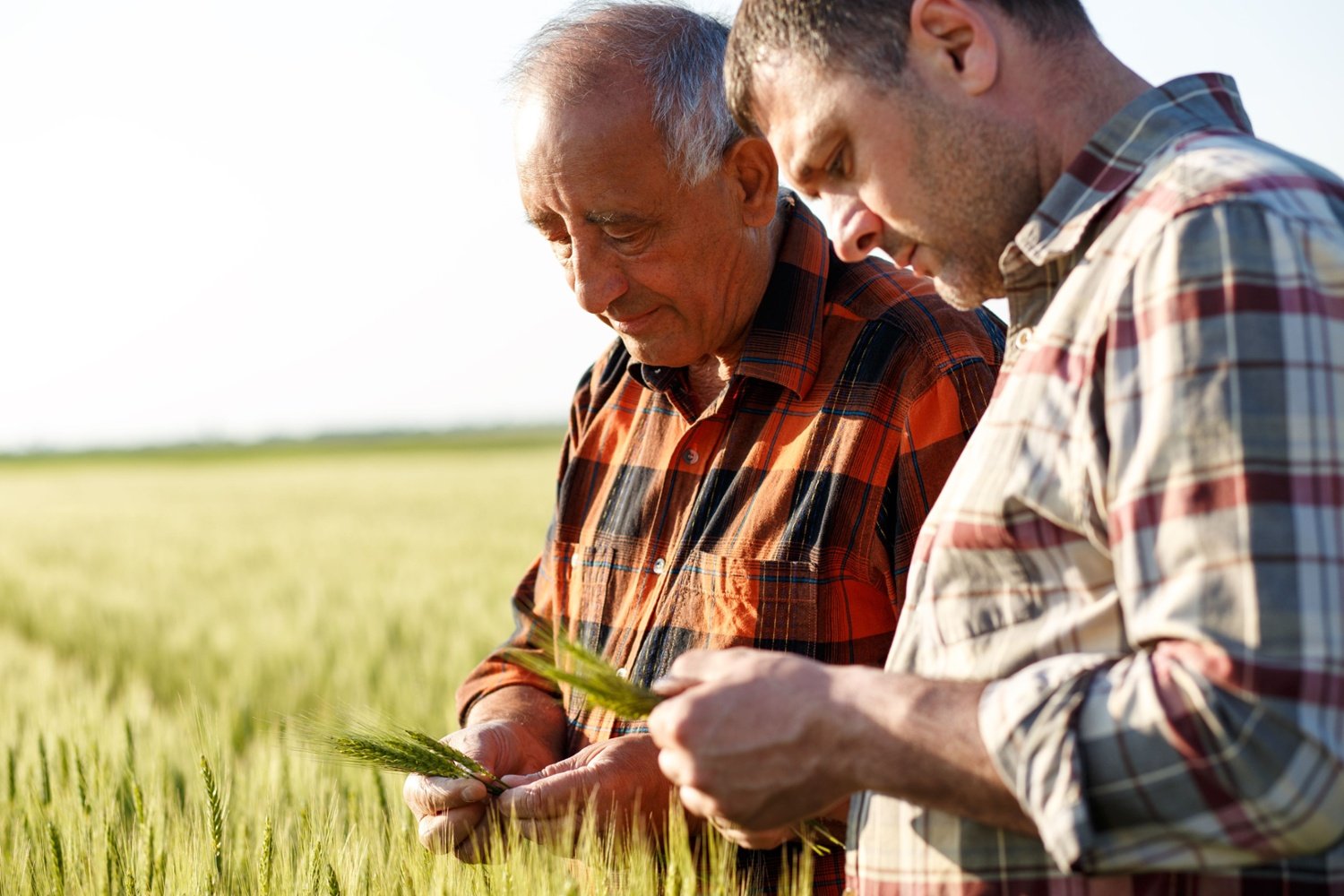Leading the charge: Crop protection in Argentina, Mexico, Brazil
Latin America is emerging as a global leader in the use of biological crop protection, as revealed in ag market research through farmer surveys.
Farmers are increasingly adding biological crop protection products to their toolbox, alongside traditional crop protection, for optimum efficacy. Drivers for this change not only include a focus on sustainability, but also the challenge key crops, such as soybean, and corn face from pests, weather and resistance.
Kynetec is closely involved with networks of farmers in Brazil, Argentina and Mexico, conducting ag market research and farmer surveys where agriculture is economically important. Overall, we are seeing increasing use of biologicals and that is demonstrated through both market value growth, and product area treated (PAT).
But how are different LATAM countries challenged, and how are farmers - and governments – influencing crop protection product selection?
Argentina: Market research shows corn is challenged but farmers adapt and overcome
Active ingredients and phytosanitary products have been scrutinised, and in 2023, the National Agri-Food Health and Quality Service has prohibited certain chemical active ingredients (SENASA) like formulations for the agricultural use of Fipronil and by the importation, processing and fractionation, marketing and use of Chlorpyrifos ethyl and Chlorpyrifos methyl. While no additional changes are expected in 2024, the government has reduced import tax on key herbicides glyphosate, 2,4-D, and atrazine, from 35% to 12.6%, while fertilizers now have zero import taxes.
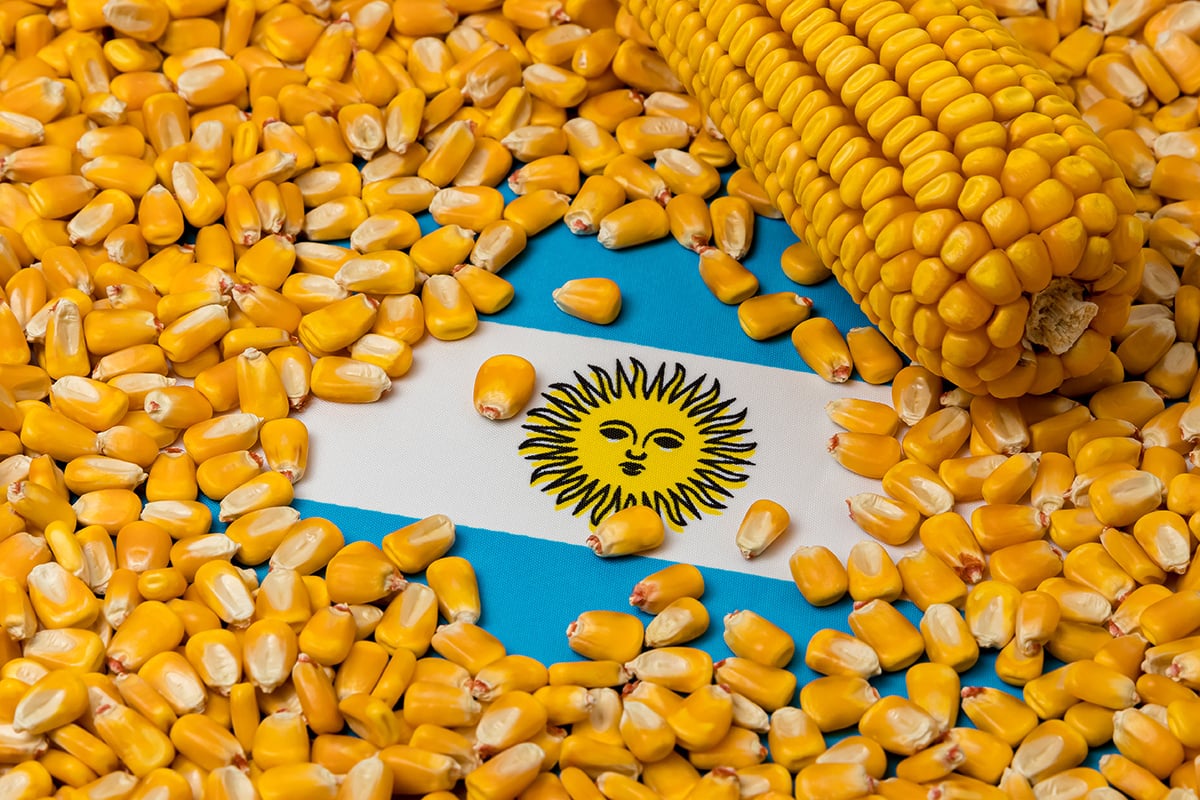
Due to the impact of Spiroplasma in corn, the lower but enormous variability of input prices, the uncertainty of fiscal and economic measures to be taken by the new government and waiting for a 'La Niña event' year, farmers are only buying what they need. This has generated a contraction and delay in the agri-inputs market that affects the projections of companies and distribution channels for this 2024/25 agricultural campaign.
These factors have led the agroindustry market to intense speculation and delays in their sales, compared to previous years.
While waiting for the end of the corn harvest to make the final adjustments and understand what the final impact of the leafhopper has been on the 2023/24 corn season, the estimated data continues to be maintained: a corn harvest of 47.5 Mt, 22% less than expected to be produced at the beginning of the cycle.
Fortunately, this year’s winter did not favor the leafhopper, as in 2023. The first results from the Monitoring Trap Network show that the polar wave in June and July devastated populations of this pest and destroyed volunteer corn.
A year ago, more than 40% of the corn remained to be harvested, that figure today sits at less than 25%. The cold and dry conditions, combined with the strategy of bringing forward the harvest to avoid greater losses in areas affected by the leafhopper, has significantly accelerated harvesting.
Wheat and sorghum continue to be the great options in crop rotation plans to maintain grass areas instead of corn.
The area planted with wheat continues to expand - an estimated 6.7 million hectares are planted versus 5.5 million hectares the previous year. And as always, in South America, soybean is the crop to be chosen if business and weather conditions allow.
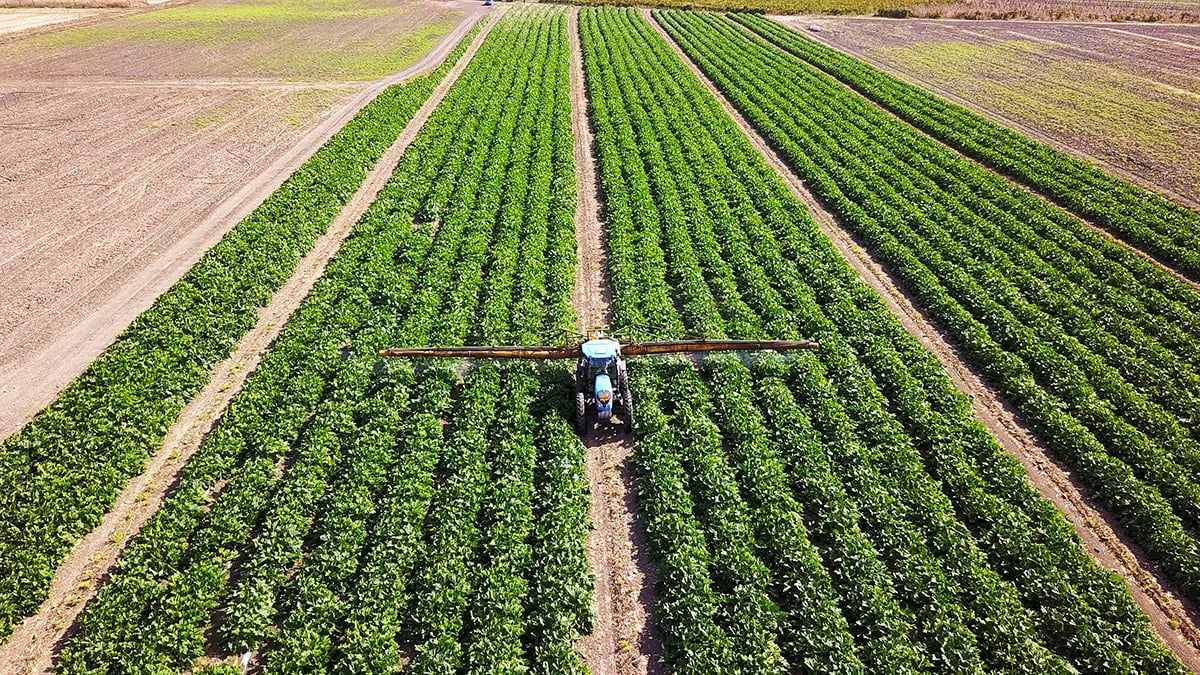
In Argentina, crop protection prices have plummeted compared to previous seasons, leading to a buildup of high inventory within distribution channels. Despite this surplus, sales remain stagnant as farmers hesitate to make decisions regarding their cropping plans. Farmers are keen to follow through with existing plans but are holding off to assess the impact of a bacterial infection on various corn hybrids, meticulously calculating gross margins for each crop to inform their choices.
Adding to the uncertainty, there's a looming possibility of a La Niña event, which could bring another period of low rainfall, potentially affecting summer crops.
Given these circumstances, crop protection demand is nearly at a standstill. Farmers are only making essential purchases, primarily for weed control on chemical fallows and seed treatment for wheat, encouraged by favourable soil moisture levels. As corn harvesting continues, they're reluctant to commit to further investments. Some experts anticipate a surge in insecticide use for corn seed treatment, aiming to protect the plants until the V2 stage from the corn leafhopper.
Additionally, there's a growing recommendation for the application of fertilizers and bio-stimulants on corn, especially in well-nourished and healthy plots, where the impact of Spiroplasma kunkelii infection has been relatively minor.
Mexico: Market research shows avocado and berry crops are no 1 when it comes to biologicals
Bioinsecticides and biofungicides are in prevalent use in avocado and berries. Of the 3,893 farmers of various crops we’ve surveyed, a considerable 1,321 have used biological products in conjunction with conventional crop protection products. That is roughly 34% of farmers we surveyed, but within avocado and berries that number goes up to 88% and 91%, respectively. Biologicals are used on most of the cultivated area in berries and avocado, far more than any other crop, totalling ~ 235,000 Ha. In comparison, just 9% of cultivated corn area is treated with biologicals.
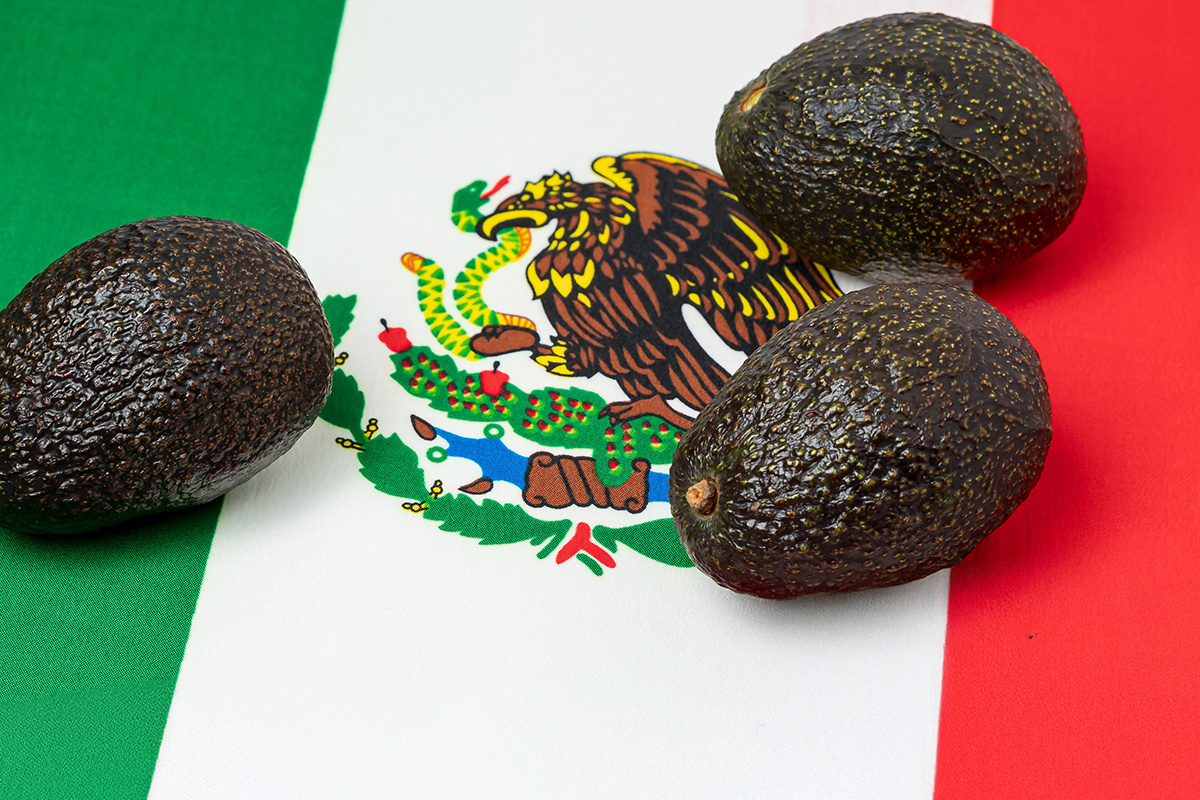
Market research shows the value of biologicals in avocado and berries is around US$49m, representing approximately 50% of total measured value of biological products.
While PGRs and biostimulants are seen in use in avocado and berries in Mexico, the majority of on-farm use judging by the number of farmers that are using them sits in the biocontrol product categories (bioinsecticides and biofungicides).
Avocado and berries are almost entirely exported to the US, with some single-digit percentages destined for Canada, and other countries in all regions. Berry export tonnage has grown over the 3 past years, while avocado is growing back from a volume drop in 2021 to 1.4 million tonnes.
Glyphosate has been further regulated, with imports even frozen for a period of time. An outright ban, initially set for April 1, 2024, has been deferred to allow the industry time to develop alternative options for non-selective weed control for farmers.
Meanwhile, crop protection brands continue to launch products in Mexico. A much-awaited fungicide is due to launch in Mexico for tomato, potato, cucurbits as a whole, as well as corn, cotton and wheat.
Brazil: Market research shows weather challenge doesn't halt progress
The Brazilian crop protection market had increased a lot until harvest 2022/23. Cultivated area, technology level (such as variety selection, new formulations, increase in number of applications, updated machinery etc.) and cost of application were favorable during the last harvests. But, in season 2023/24, the negative impacts of price reduction mainly for non-selective herbicides, especially Glyphosate, has resulted in a crop protection market value decrease.
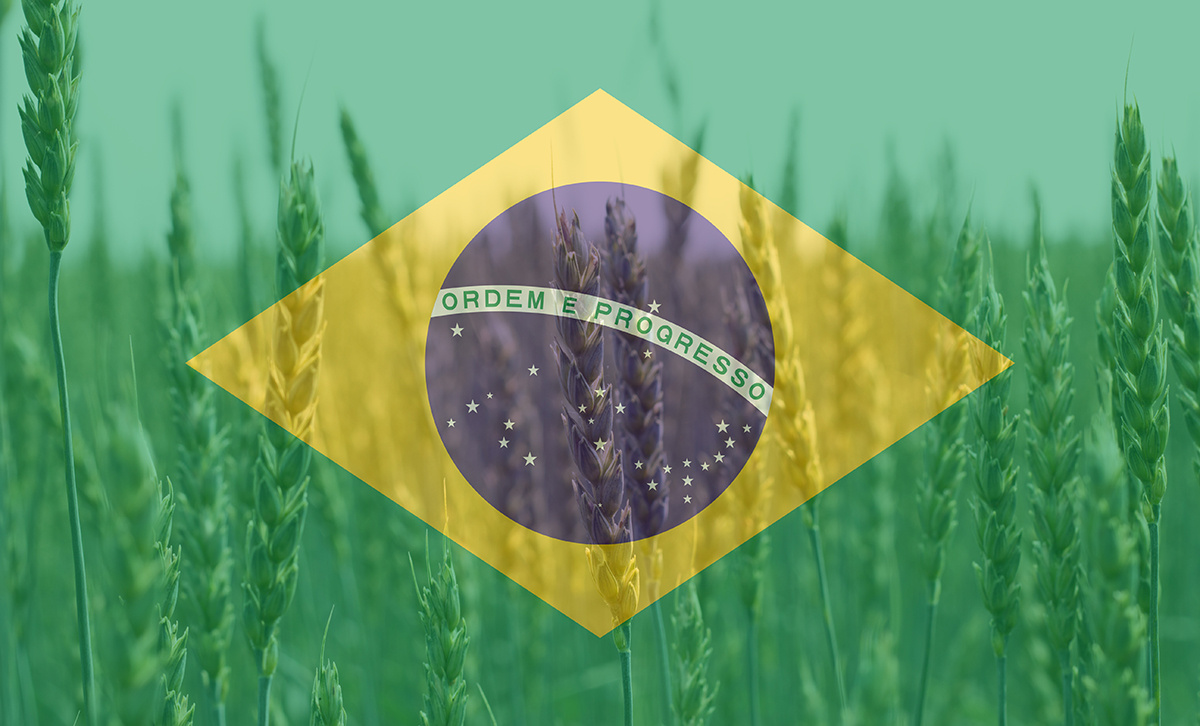
It's important to understand that the technology level for crop protection keeps growing, especially in soybean and corn where challenges of white fly, stinkbugs and leaf hoppers remain an issue for farmers.
The seed market keeps increasing due to the cultivated area expansion as prices for soybean, corn and cotton increase.
El Nino impacted the country last season, its impact varying at a regional level. In the South, especially in Rio Grande do Sul, higher than average rainfall increased disease pressure in soybean.
Meanwhile in the Cerrado region, dry conditions negatively impacted early sowing, although thankfully medium and late sowing were not impacted. Despite the dry conditions, white fly pressure increased, leading to positive growth for insecticides.
Anomaly pressure in Mato Grosso generated positive impacts for premium and protectant fungicides.
Farmers are telling us through farmer surveys that they are embracing sustainability for many reasons - use of forest reserve area, increasing soil quality through crop rotation and regenerative practices, integrating cropping and livestock for fertilizer benefits and integrated pest and disease management. The numbers bear this out, with the biological crop protection market growing to more than US$827M in harvest year 2022/23.
However, Brazil is a tropical country and has a wide diversity of diseases and pests. Despite conventional crop protection use increasing, biological options are increasingly used for specific targets such as nematodes, leaf hopper and white fly.
MEET THE AUTHORS
Related Products
Learn
Related Articles
The articles covers topics related to sustainable agriculture, animal health, and the intersection of farming and technology.

Maria McWhorter discusses the latest trends in agricultural technology adoption
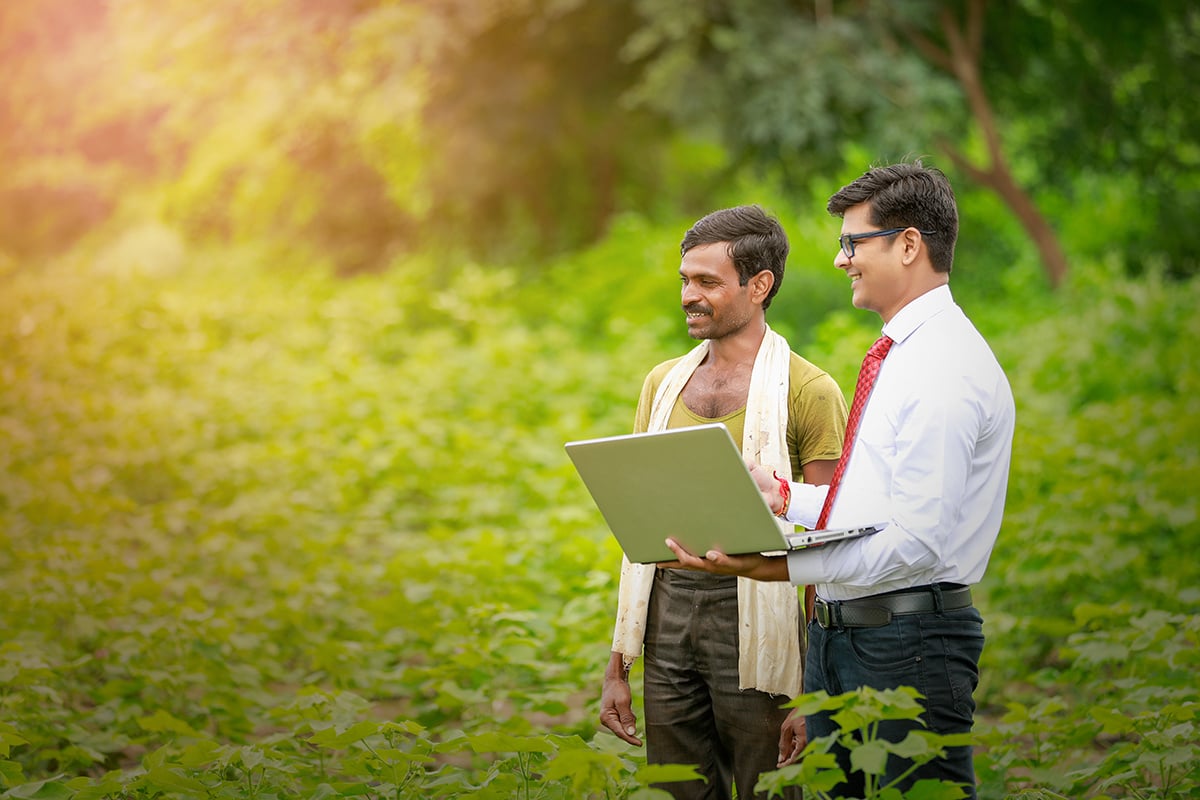
Fast Forward Five Years: Prospects for the Indian Crop Protection Market According to Market Research

Seeds of Opportunity: Ag Market Research Explains Global Growth

Leading the charge: Crop protection in Argentina, Mexico, Brazil
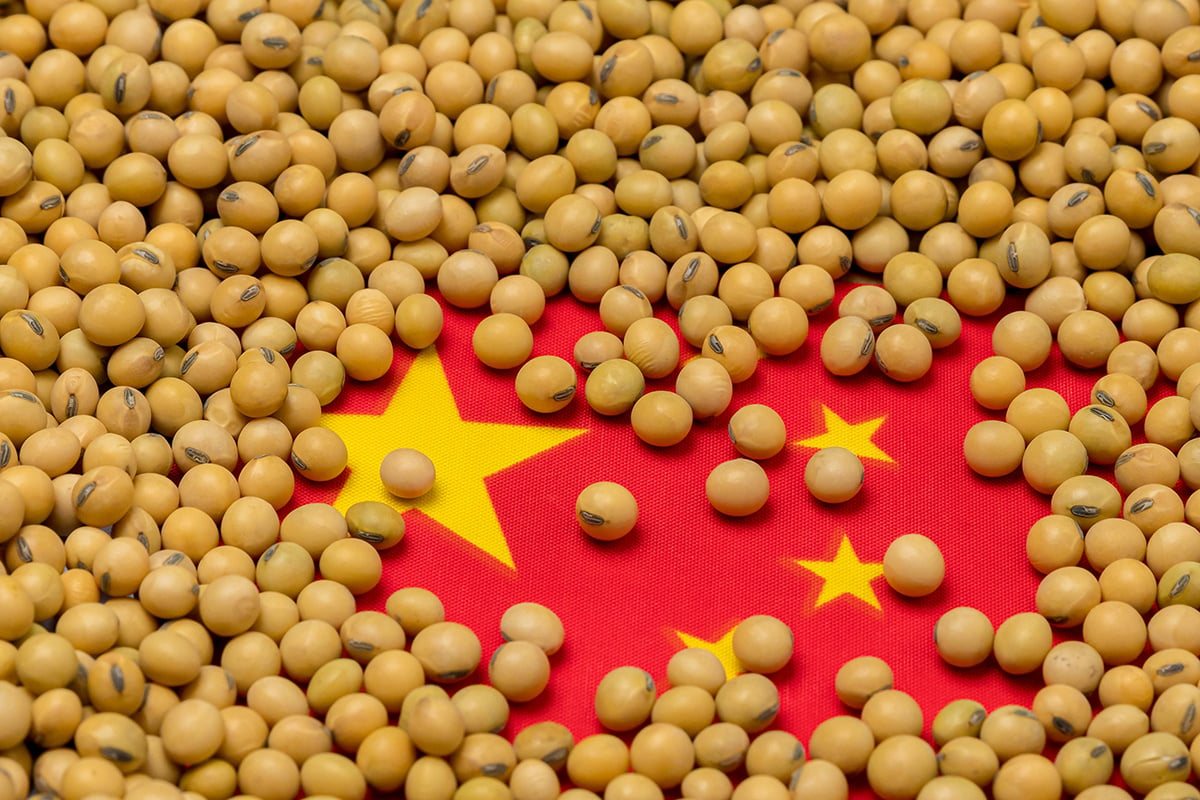
From Regulation to Innovation: How China’s Crop Protection Market is Evolving

Nomman Ahmed Discusses the Role of Predictive Technology in Advancing Crop Protection

A Decade of Biopesticides Data in France Shows Both Uptake and Opportunity

"Progressive farmer" the target audience your agribusiness brand knows nothing about

Predictive Intelligence caught the US glyphosate dip. What could it tell you next?
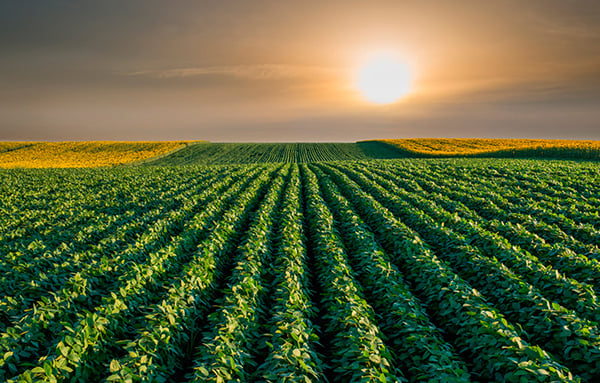
Soybean pesticide market grows 50% in Brazil to US$11.4 bn
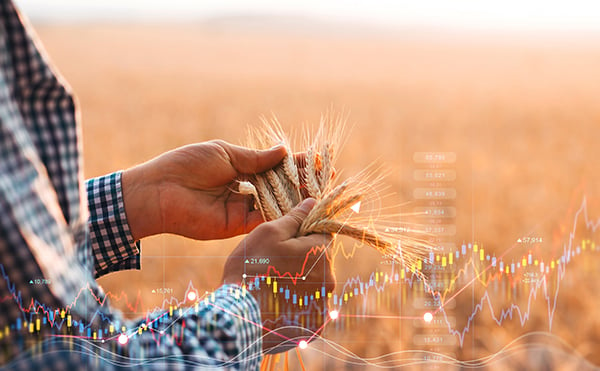
Feeding tomorrow: how foresight in data and analytics is changing the landscape of global agriculture
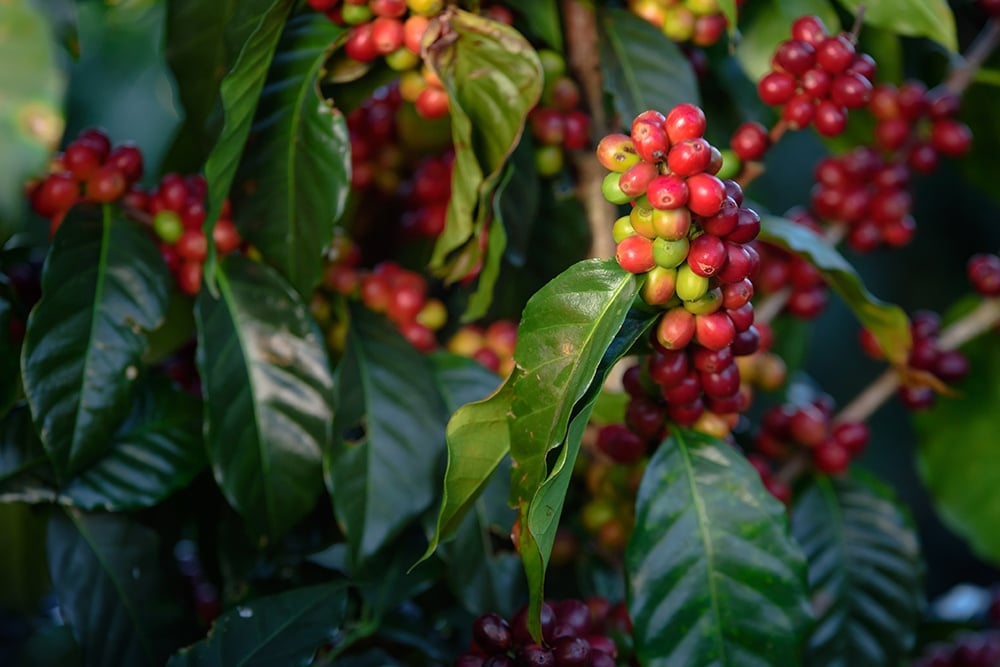
Brazilian coffee pesticide market up 17% in 2022-23
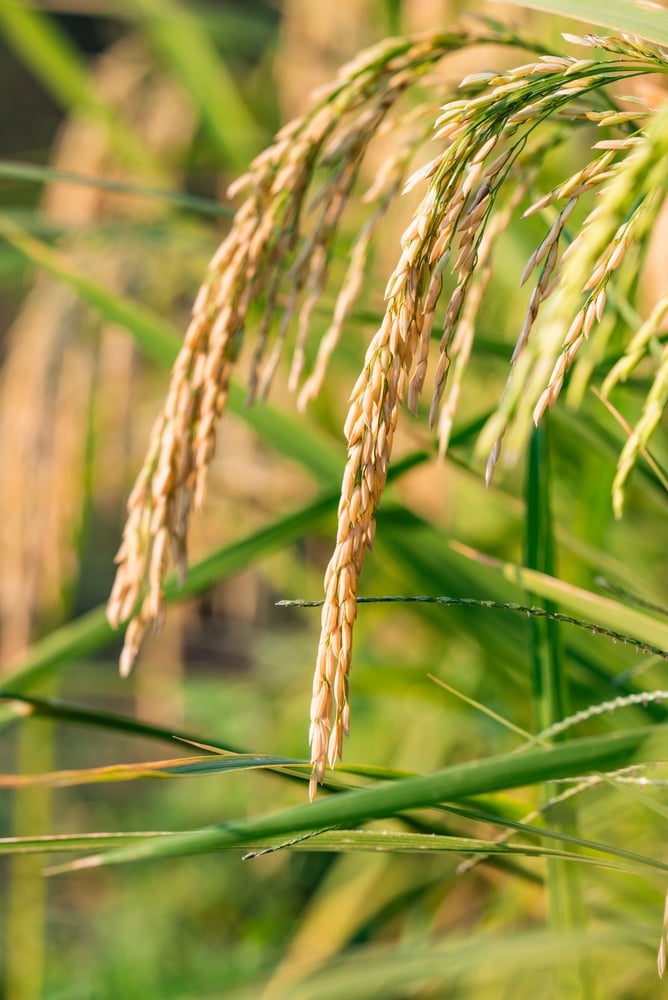
FarmTrak China 2022 rice survey highlights key trends over the last 12 years
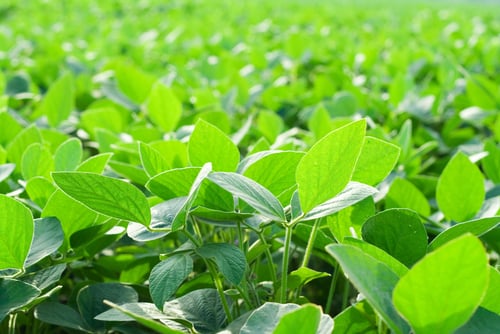
Significant growth recorded in Brazilian soybean nutrition market
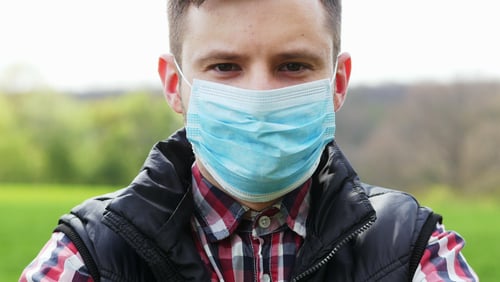
Pandemic resilience identified among farmers
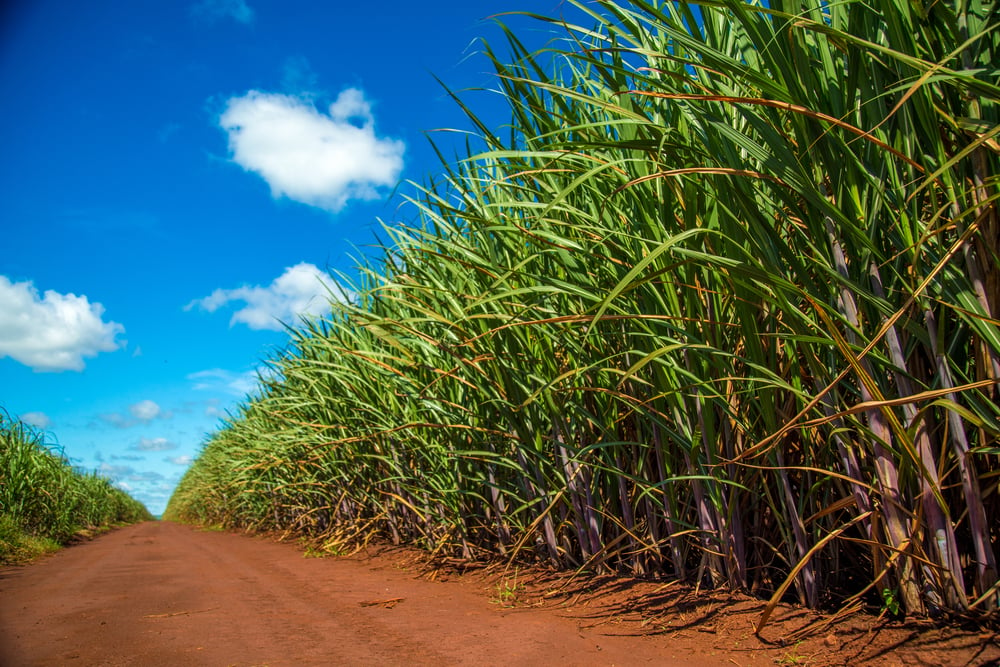
Brazil's sugarcane sector and the rising value of agrochemicals

Australian agricultural machinery sales boom
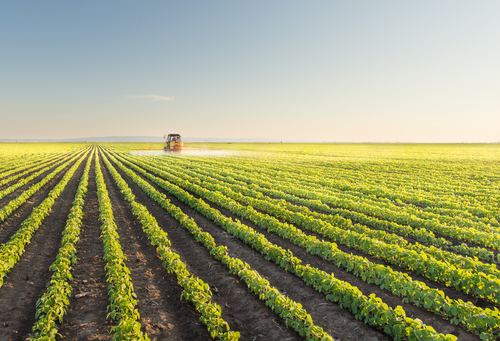
Tenfold growth in the Brazilian nematicides market over eight harvests
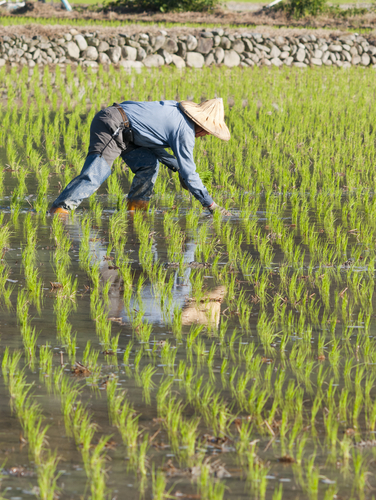
China’s crop protection market value on the rise
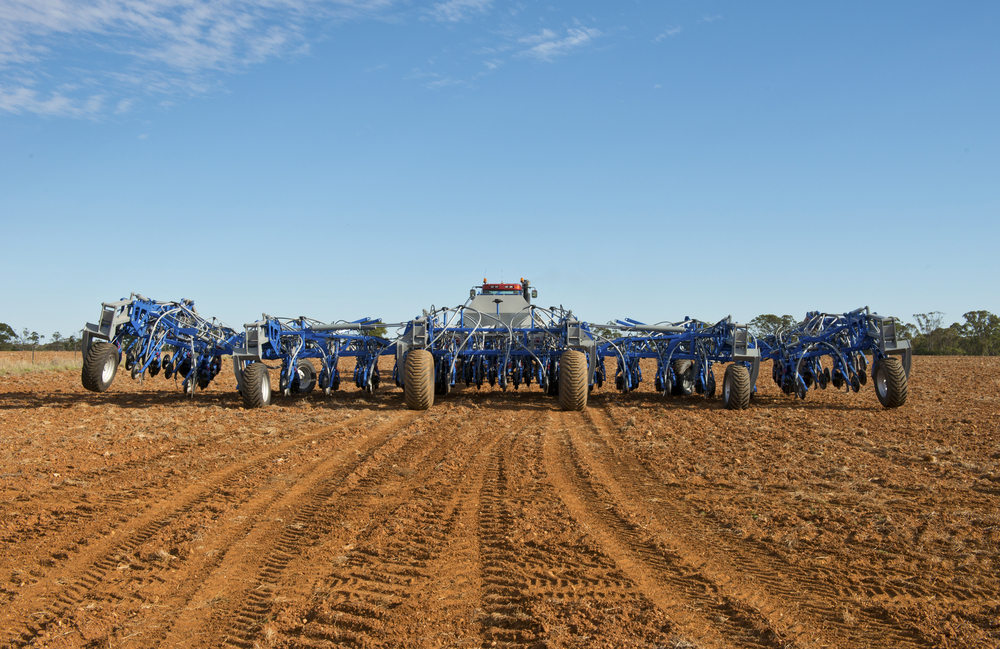
Impact of weather changes on crop decisions in the US and Canada
Case Studies
Impact and results


.jpg)
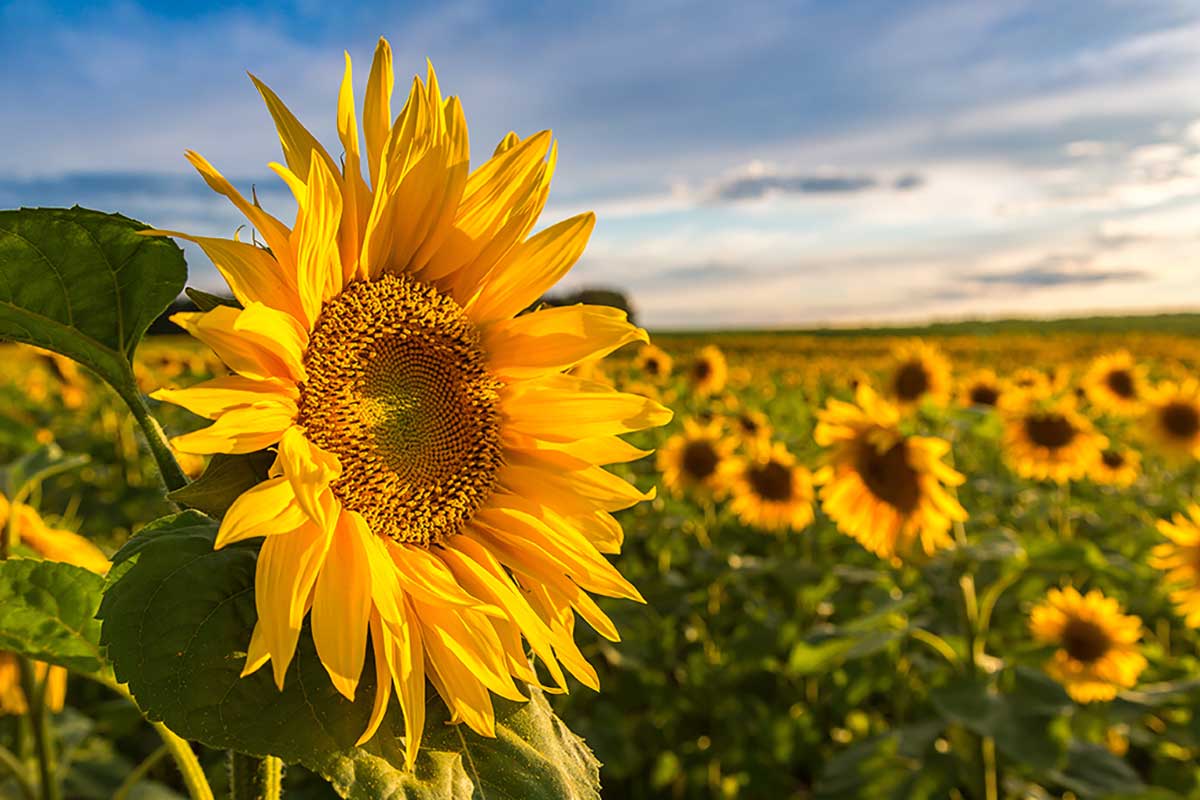
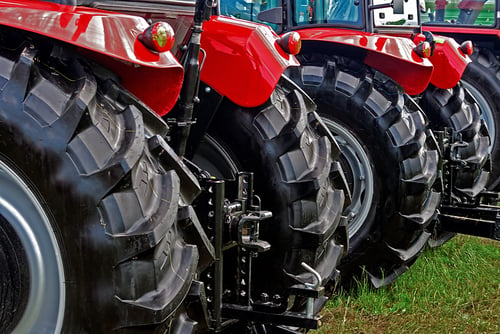
.jpg)
